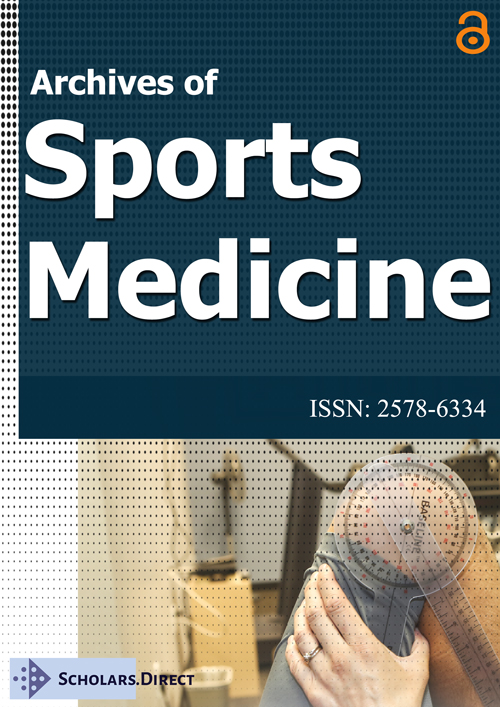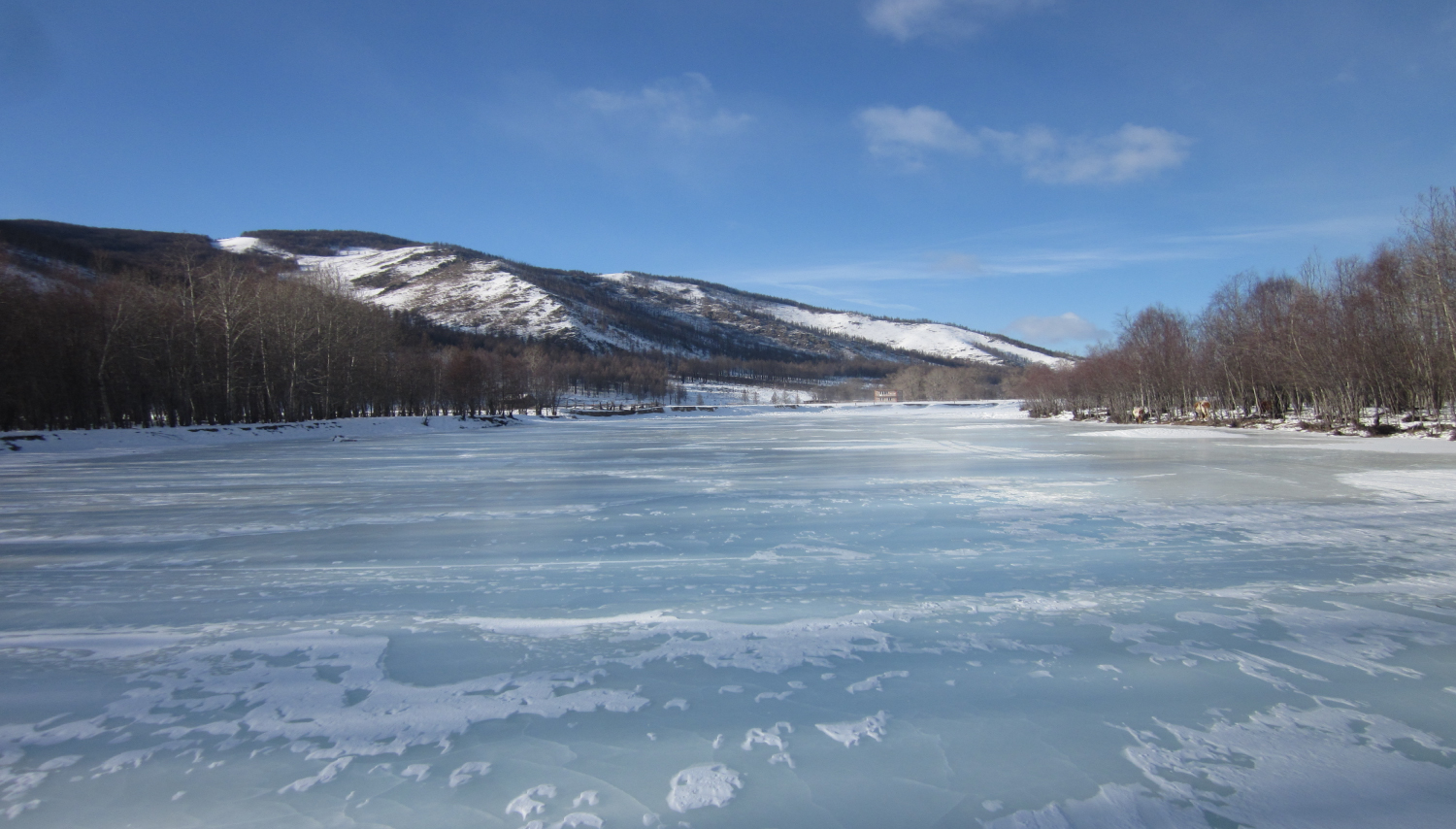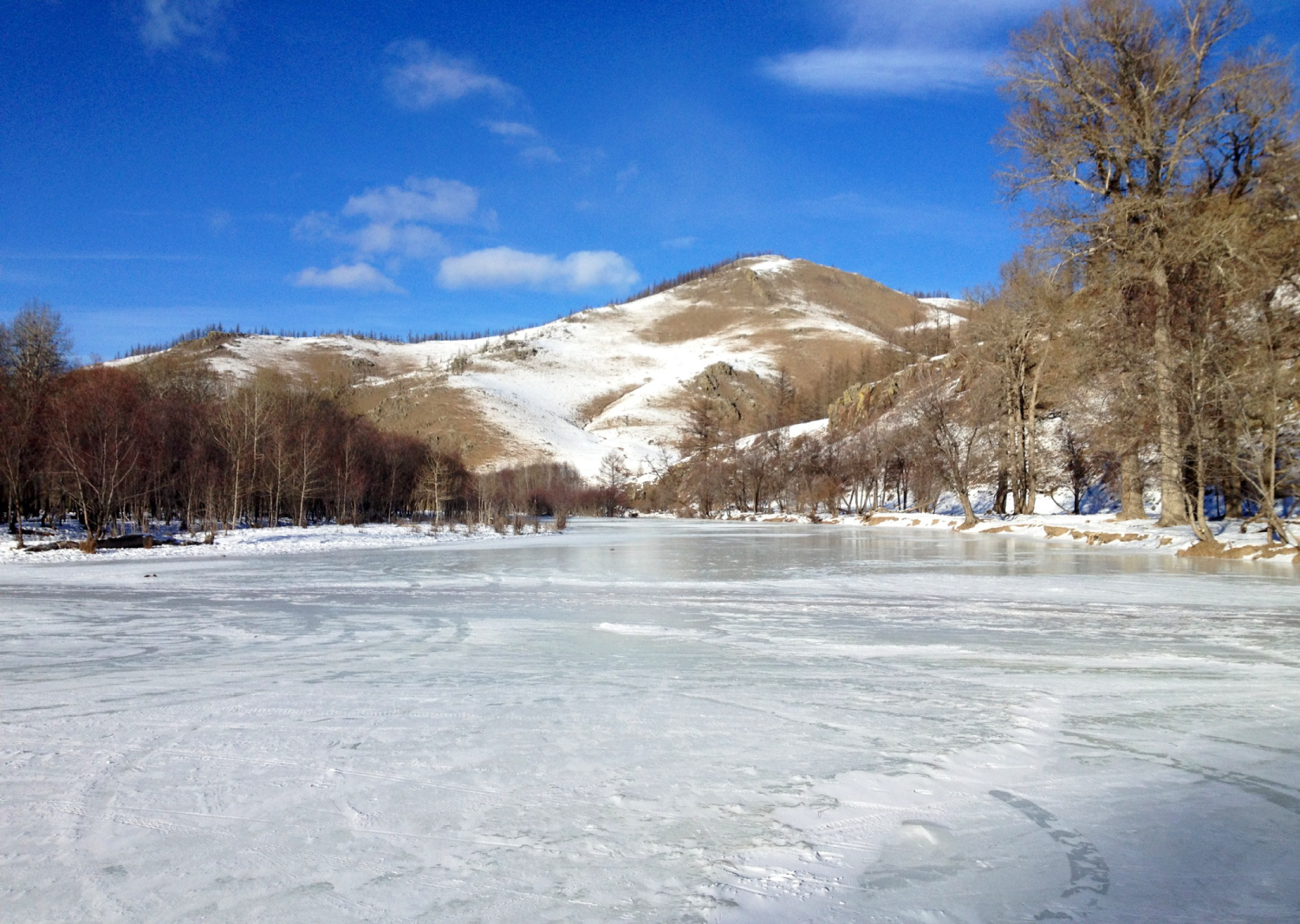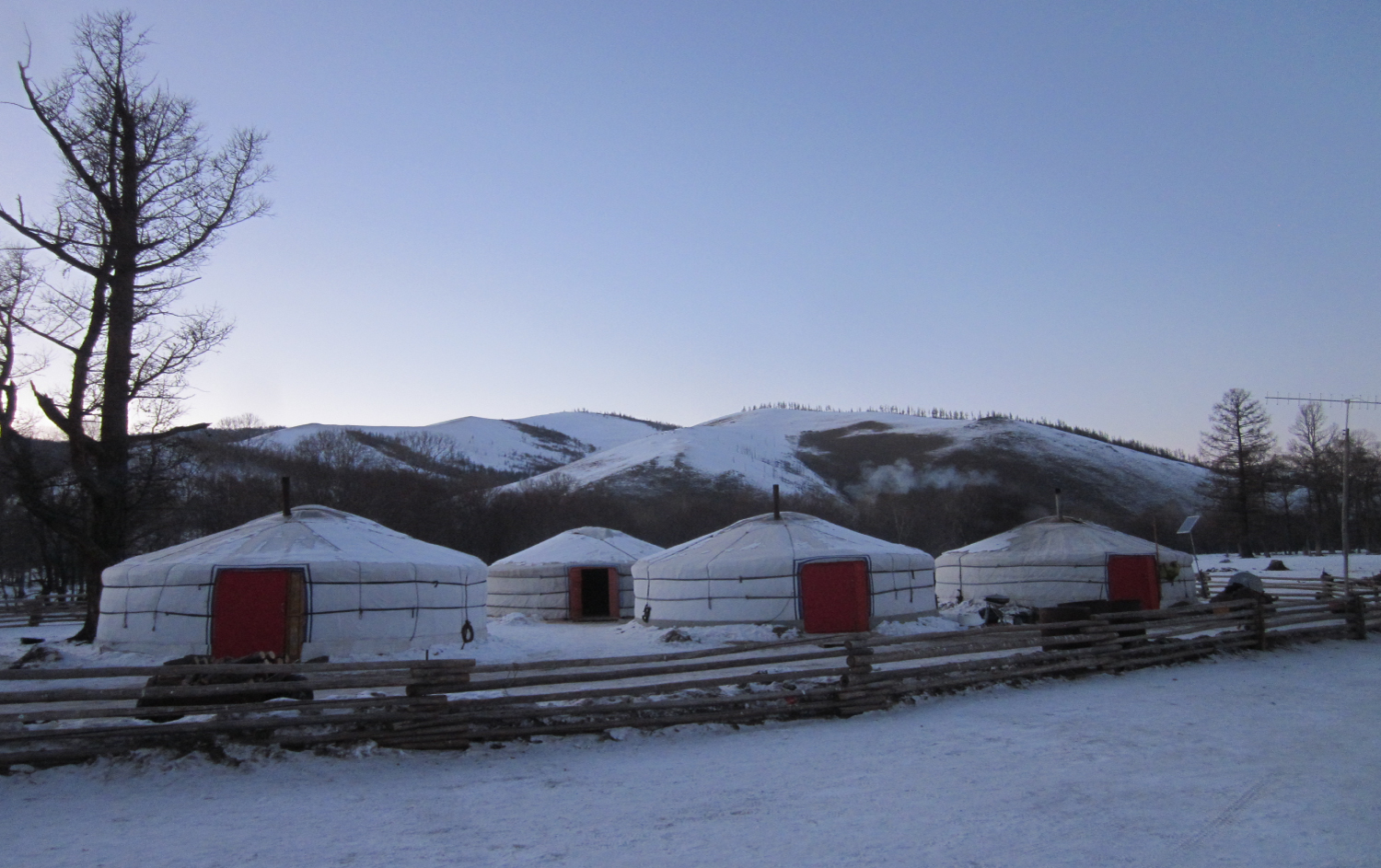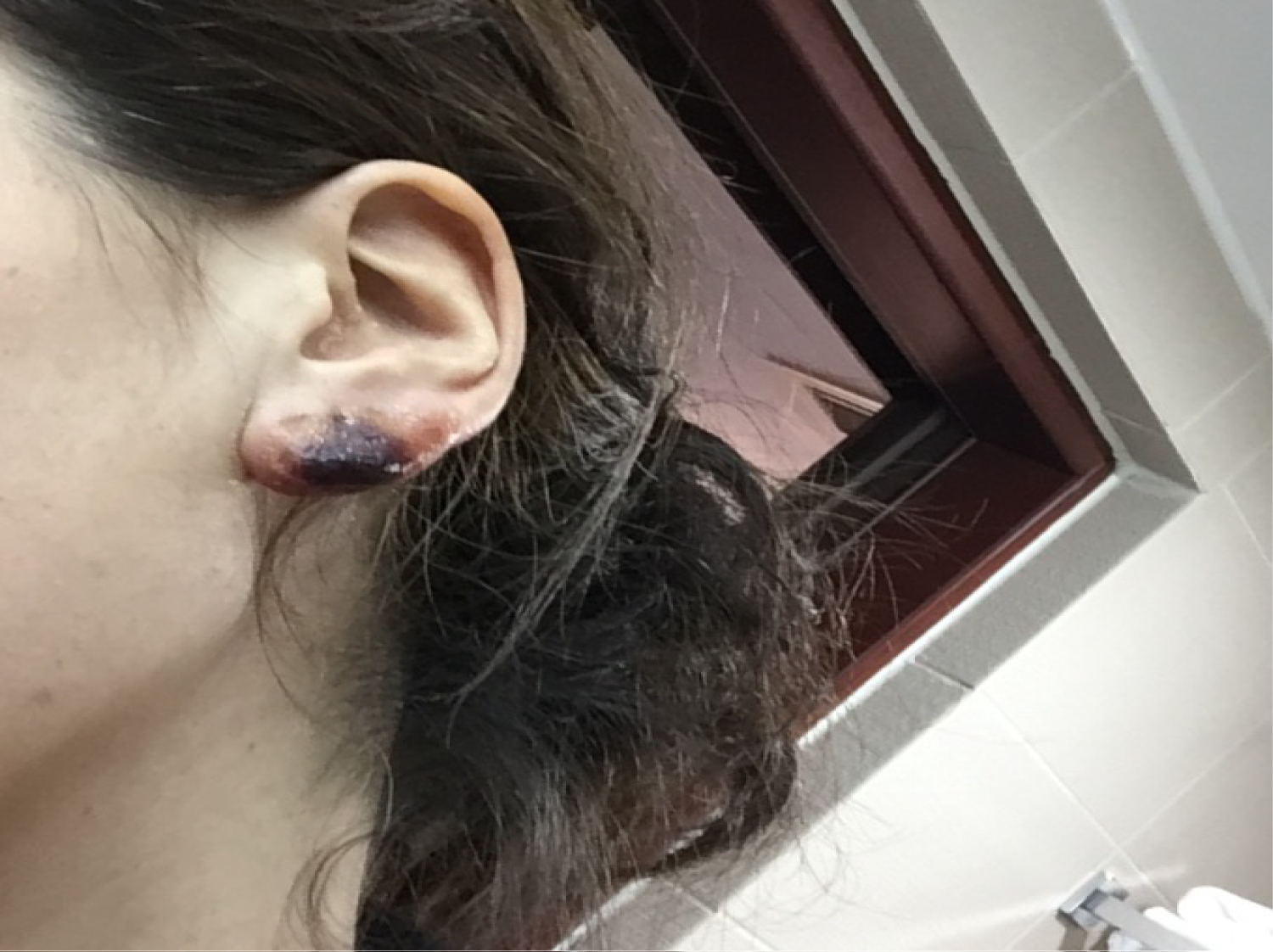A Survey of Preparation, Strategy and the Effect of Exercise in an Extreme Cold Environment in a Group of Experienced Marathon Runners
Abstract
Introduction
Running in extreme environments is becoming more accessible with increasing numbers of participants. This has led to increasing heterogeneity in the physical condition and previous experience of these participants. A survey was performed to establish rates and types of injuries/illness suffered and any protective factors that may exist.
Methods
Participants (n = 9) undertaking the Genghis Khan Ice Marathon, Mongolia in January 2016 completed a pre-event questionnaire detailing experience, preparation, clothing, equipment and nutritional strategies. Follow up questionnaires were performed immediately post-event and at two weeks via email to assess perceived exertion levels and injuries/illness sustained.
Results
All participants were experienced runners. All had clothing strategies specifically designed to mitigate the effects of cold. Two participants suffered minor/moderate frostbite. Borg scale of perceived exertion [1] values ranged from 13-17 (mean 15). No participant suffered from delayed onset muscle soreness post-event. On two week follow up two cases of viral upper respiratory tract infection (URTI) were reported.
Conclusion
Running events in extreme cold are safe provided the participants are experienced runners who make adequate preparations for the conditions and the event is well organised. The safety of larger events with a more heterogeneous set of participants merits further study. The lack of delayed onset muscle soreness in participants is surprising. The possible mechanism behind this merits further study.
Introduction
Running in extreme environments has become more accessible to the standard recreational runner. Running tourism and social media have combined to produce an engaging market for marathon (42.195 km) and ultra-marathon (distance in excess of the standard marathon distance) events globally with rising numbers of participants [2,3]. Races are present on all seven continents, including events in the Sahara, Gobi, Namib and Atacama deserts, the North Pole and mountain ranges including the Himalaya, attracting a varied diaspora of competitors from elite athletes to recreational challenge seekers. Races range from boutique style events with a small number of competitors up to mass participation events attracting several thousand runners. This exposes athletes of all abilities to running in conditions that they may not have experienced before. As well as the physical challenge, these challenges can be environmental in terms of temperature and altitude or physiological in the bodies' response to exercise in challenging environments.
Opportunities for distance running in extreme sub-zero conditions are increasing. The 6633 Ultra in the Yukon, Canada, has competitors being largely self-sufficient racing over distances of 120 or 350 miles [4]. Other similar events such as the The Siberian Ice Marathon attracts 800 competitors [5] and the Baikal Ice Marathon in Siberia has a route across a frozen lake [6]. Environmental temperature varies in these events from minus 20 to minus 50 degrees centigrade, with additional wind chill reducing the temperature further if present.
Despite the growing popularity of Ultra events there is limited evidence regarding the impact of competitor experience, preparation strategies and race strategies, race completion rates, perceived effort levels and rates of injury. We set out to perform a survey of athletes to assess these factors using pre and post-race questionnaires.
Method
The Genghis Khan Ice Marathon took place in January 2016 in the mountains of the Terelj National Park, Mongolia, at an altitude of 1800 metres. The route was a 26 mile marathon following the route of the frozen Tul Gol River (Figure 1 and Figure 2). Conditions on race day were dry, sunny, with light wind and an air temperature of minus 35 ℃. Water was provided by mobile aid stations and personal drinks could be deposited in advance for checkpoints around the route. This was an invitational pilot event and not open to public entry. Accommodation was provided in local Mongolian gers with outside toilets (Figure 3). The runners were experienced athletes, with all but one having completed at least several marathons and extreme endurance events globally.
Meteorological data was collected by direct measurement with consistent measures obtained by three low reading thermometers. Informed consent was obtained from all athletes to participate in the survey. Ethical approval was not required as this was a voluntary survey of athletes.
Data was collected immediately prior to and after the Genghis Khan Ice Marathon on the 27th January 2016. Runners (n = 9, male 5, female 4, age range 25-53 years) completed a pre-race questionnaire detailing experience, preparation, clothing, equipment and nutritional strategies. They were also given the opportunity to raise any fears or concerns about competing in an extreme cold environment.
Following the marathon, participants completed a post-race questionnaire detailing any injury/illness encountered when competing in the marathon. All athletes also rated the perceived effort of the race on the Borg Scale.
Two weeks after the event all runners received a follow up questionnaire to determine if any illness or injury had occurred in the post-race period.
Results
All eligible runners completed the pre-race, post-race and follow up questionnaires (n = 9, male 5, female 4, age range 25-53 years) representing 100% recruitment and retention of eligible runners. The group was experienced in running/ultra running having completed arduous events in mountain or desert environments. Three had previously competed in temperatures of minus 30 degrees Celsius or colder. In the pre-race questionnaire 100% (n = 9) athletes were concerned about safety in a remote environment, the physical effects of prolonged cold exposure and their ability to maintain adequate hydration and nutrition. 100% (n = 9) athletes detailed clothing strategies that included several layers of clothing (upper and lower), full face cover, double gloving of hands, footwear at least a size larger than their "normal" size (to allow for extra socks) with spikes or overlying chain links attached. 45% (n = 4) athletes opted for energy gels for nutrition stored inside their insulated gloves to prevent freezing.
The race was completed in 3:05-5:50. One person did not finish the race due to a navigational error. On the immediate post-race questionnaire no athlete reported any major illness or injury during the race. Two participants reported experiencing frostbite: One affecting the earlobe (grade 2/moderate) and the other the nose (grade 1/mild). The participants Borg scale of perceived exertion [1] values ranged from 13-17 (mean 15) and are detailed fully in Table 1. No athlete reported any delayed onset muscle soreness (DOMS) in the immediate post-race period. On two week follow up two cases of viral upper respiratory tract infection (URTI) were reported.
Discussion
The two most significant results are the lack of injuries and DOMS experienced by participants. The lack of injuries could be explained by a number of factors. Participants were experienced runners and all had planned clothing, equipment and nutritional strategies. This limited the risk of exposure injury as shown by only two relatively minor cases of frostbite occurring (Figure 4). This would suggest that running is generally safe in an event held in extreme cold if the runners and organisers are experienced.
Given the expanding number of participants in these types of events with varying levels of experience and physical conditioning, a less experienced group may be at a greater risk of significant exposure injuries, hypothermia and even death. Potential organisers of extreme events should consider vetting the experience of all entrants and if necessary excluding participation until experience criteria have been met. All participants should receive a standardised pre-race information pack detailing the mandatory equipment and clothing required for participation with recommendations on nutrition and hydration. Advice on personal safety in an extreme environment should be provided to all participants in advance with a detailed group safety briefing held before the event commences.
Although there is a relative paucity of epidemiological data regarding extreme running injuries reported rates of DOMS post-event in regular ultramarathons have been reported at > 90% [7]. The fact that no participant in this event reported significant DOMS is surprising. Although the exact aetiology of DOMS remains unknown it is theorised that repeated microtrauma to muscle myofibrils causes inflammation which presents with the delayed onset of pain seen in DOMS [8]. Cryotherapy is a commonly used treatment post-exercise to reduce the symptoms of DOMS although results in prospective trials of this intervention have been inconclusive [9,10].
The rationale behind cryotherapy is exposure to cold produces vasoconstriction and reduces the underlying inflammation. The lack of DOMS experienced by runners following exercise in extreme cold could possibly be due to a combination of peripheral vasoconstriction and decrease in muscular blood flow with a subsequent reduction in inflammation.
Conclusion
Running in extreme cold appears to be safe when performed by experienced athletes in an organised event. Participation in extreme endurance events is increasing. Event organisers should consider vetting the experience of entrants and disseminating evidence based pre-race information on equipment, nutrition and safety in an extreme environment.
Participants reported no DOMS in the post-race period which is unusual for this type of distance. This conclusion is limited by the small number of participating athletes and further research to determine if this effect is sustained in a larger cohort of athletes is merited.
Author Contributions
Study concept and design: SB AM DS
Obtaining funding: No funding-not applicable
Ethical approval: Not required-voluntary survey
Acquisition of data: SB AM
Analysis of data: SB AM DR
Drafting of manuscript: SB AM DR
Critical revision of manuscript: SB AM DR DS
Approval of final manuscript: SB AM DR DS.
References
- Borg G (1998) Borg's perceived exertion and pain scales. Human Kinetics.
- Hoffman M (2010) Performance trends in 161-km ultramarathons. Int J Sports Med 31: 31-37.
- Knoth C, Knecthle B, Rust C, et al. (2012) Participation and performance trends in multistage ultramarathons- the 'Marathon des Sables' 2003-2012. Extrem Physiol Med 1: 13.
- (2018) 663 Arctic ultra. Race information.
- (2017) Russia running. Results- ice half marathon 2017.
- (2018) Baikal ice marathon.
- Visconti L, Capra G, Carta G, et al. (2015) Effects of massage on DOMS in ultramarathon runners: A pilot study. J Bodyw Mov Ther 19: 458-463.
- Paulsen G, Mikkelsen UR, Raastad T, et al. (2012) Leucocytes, cytokines and satellite cells: What role do they play in muscle damage and regeneration following eccentric exercise? Exerc Immunol Rev 18: 42-97.
- Sellwood KL, Brukner P, Williams D, et al. (2007) Ice water immersion and delayed onset muscle soreness: A randomised controlled trial. Br J Sports Med 41: 392-397.
- Paddon JD, Quigley B (1997) Effect of cryotherapy on muscle soreness and strength following eccentric exercise. Int J Sports Med 18: 588-590.
Corresponding Author
Boyce SH, Sport Scotland - Institute of Sport, Stirling, UK; Emergency Department, Glasgow Royal Infirmary; University of Glasgow, Scotland.
Copyright
© 2020 Boyce SH, et al. This is an open-access article distributed under the terms of the Creative Commons Attribution License, which permits unrestricted use, distribution, and reproduction in any medium, provided the original author and source are credited.

